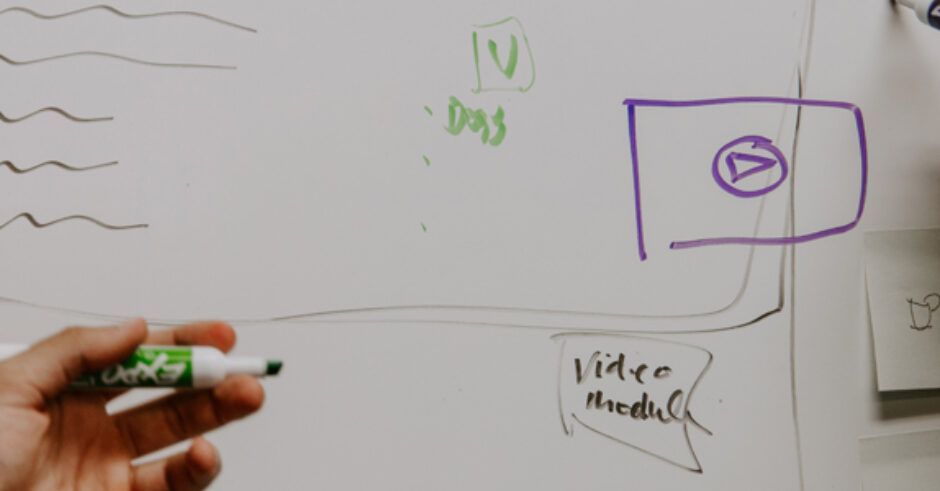Lean Startup and Design Thinking are two complementary principles that can be used in the process of creating and building new businesses, products or services. These principles are widely used in large and small organizations. But what is the difference, and when should you use each?
Before we dive into that, let me first explain both principles.
Lean Startup
Lean Startup is an iterative process to build new businesses, in a hypothesis-driven, experimental way. The main thinking behind it is that through this iterative process, founders or innovators decrease the risk of spending too much time and money on products that their customers don’t want, or business models that are not viable. By testing the riskiest assumption in each stage of the process with so-called ‘experiments’, founders of the idea or company go systematically through a process of ‘build, measure, learn’. The goal is really to learn as much as possible, while using the least amount of time and money. If an assumption gets invalidated, the team pivots to another idea.
A well-known example is AirBnB: Before putting millions into building the platform, the founders first had to test their riskiest assumption – ‘people are willing to sleep over in someone else’s house’. If this assumption turned out not to be true, there was no point in building the platform. So, they decided to place some photos of their apartment on a Bed & Breakfast website, and showed it at a conference.
With this cheap experiment, they were able to test their most risky assumption, before investing in anything else.
Design Thinking
Design Thinking is not really a process, but more of a mindset. It’s all about exploring the customer’s problem and possible solutions, using the Designers mindset of creative problem solving. In Design Thinking, people often start with creating customer empathy, by interviewing them, creating personas, or just observing, by doing so, they get an idea of the problems they face in the context of their business. Mapping out these problems using a ‘Customer Journey Map’, makes sure that they get a holistic view of the current experience. Using different brainstorming techniques to then go and solve these problems for the customer, results in an overall improved or new service.
An example that explains Design Thinking well, is GE’s MRI-scan for kids: By doing deep customer empathy work, the designers learnt that kids were scared to go into the MRI-scan. Instead of changing the MRI, which had quite some considerable constraints, they changed the experience. They decorated the inside of the MRI-scan with child-friendly illustrations, and included music during the test. This resulted in a much more positive experience for the kids.
This basic understanding allows us to go back to the main question: ‘what are the differences and when should we use each?’
It’s not necessarily a matter of when we should use each, as both are really valuable processes and tools to use in any process of creation. In general, you could say that in the start of your process, when you’re defining a vision, finding customer problems that are worth solving, and exploring first solutions, Design Thinking is your way to go. When you have a good understanding of the customer and the direction you want to go to, you can start listing your most risky assumptions and test them using Lean Startup’s ‘Build-Measure-Learn’ model.
One principle we’re not looking at in this article, but is spoken about a lot about in Innovation, is Agile. Agile is related to lean and uses similar mindsets. However, agile is not just about pivoting, but about building software that is dynamic and can adapt to change. In Innovation, the below model is helpful in determining how to apply either of the 3 principles:

In conclusion, those ways of working work great together, and the amount of uncertainty you have in your project, will probably define how much Design Thinking & Lean Startup work you’ll include. If you have a disruptive project, with lots of assumptions to test and customer empathy to gain, you’ll approach your project differently than in a more incremental innovation project, where you’ll go into execution using Agile much quicker.
This article is exclusive to The Business Transformation Network.


